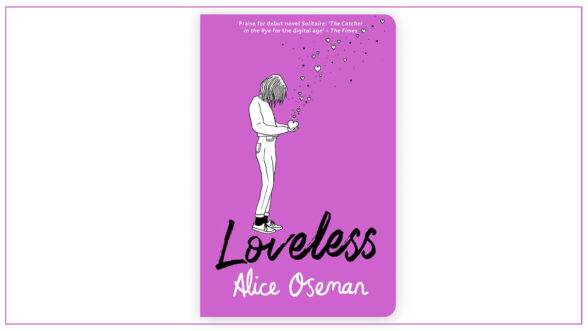AROMANTIC ADVOCACY
UNDERSTANDING AROMANTICISM
Last month honored Aromantic Spectrum Awareness Week - an annual event helping to spread awareness and acceptance of aromantic spectrum identities and the issues people face and making more people aware of their existence while celebrating it. So what is Aromanticism? Aromanticism, or Aro, is a romantic orientation where an individual does not experience romantic attraction. Aro people may still experience other types of relationships and attraction — platonic, aesthetic, or sensual — and are just as capable of love, intimacy, and forming deep and meaningful connections. The aromantic spectrum can include folks of various sexual orientations and can differ from asexuality. In fact, not all asexual people identify as aromantic, and vice versa. With 21% of Gen Zs telling us that their sexual orientation is most important to their personal identity, and through our continued learning of the Aro community, ahead, we’re sharing resources supporting our Aro-identifying friends.

THE A’S OF AROMANTICISM
ACE: Refers to someone who identifies as asexual
ARO: Refers to someone who identifies as aromantic
AROACE: Aromantic asexual, often shortened to aroace or aro ace, is a term that refers to an individual who is both aromantic/aro-spec and asexual/ace-spec. Aroace can be used for any individual who identifies with both spectrums.
AROMANTIC SPECTRUM The Aromantic Spectrum or Aromantic Umbrella is a group of romantic orientations that all fall under the umbrella term of aromantic. Individuals on the aromantic spectrum may lack romantic attraction or feel it so little that they relate more to the aromantic experience.
GREY AROMANTIC: Grey-aromantic people rarely experience romantic attraction or can do so only under very specific circumstances.

AUREA
Aurea is a volunteer-based initiative aimed at representing the aromantic community. The website is a means for people to get insight into aromanticism from aromantics. It helps educate about the needs of those who have been marginalized due to their sociocultural background, orientations, and identities, regardless of how established they may be, gender identities, regardless of how well known they may be, ability and neurotype, language, and other aspects of identity beyond these.

LOVELESS BY ALICE OSEMAN
Finding any representation in media is hard, as many people don’t know about or don’t understand the identity, and people are often seen as villains or even less than for not wanting romance in their life. However, in Alice Osman's book Loveless, we follow Georgia, who doesn't understand why she can't crush, kiss, and make out as her friends do. She's surrounded by the narrative that dating + sex = love. It's not until she gets to college that she discovers the A range of the LGBTQIA+ spectrum — coming to understand herself as asexual/aromantic.